Millennials are defined as being those born between 1976 and 2001. They have grown up in a world of great technological change. They are often negatively stereotyped as being entitled and nassistic. On the flipside they are seen as optimistic, energetic and tech-savvy.
Whatever the stereotypes, Millennials are entering the workplace with a set of different set of expectations to previous generations with implications for the hospitality industry.
Flexibility
Context
Job Hopping
During the recruitment process be upfront and set expectations around advancement within the business as well as your businesses culture.
Once hired, you improve your chances of retaining Millennial employees by encouraging their input. Seek their thoughts on ways to improve processes and grow your business. Millennials come into a business with new ideas and ways of seeing things. Harness their different perspectives and leverage their insights.
Not all employees will stay. It is therefore prudent in certain circumstances to have confidentiality agreements in place in the event that they decide to work for the competition.
If you keep take the input of Millennials seriously and keep them engaged then you maximise the chance that you will keep them for the longer term.



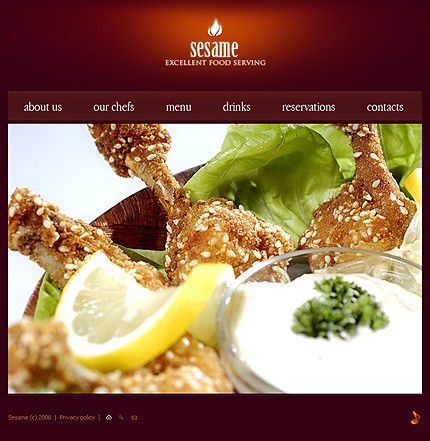

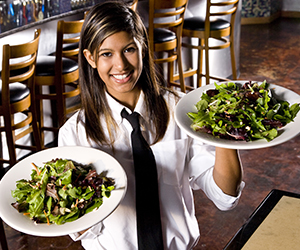

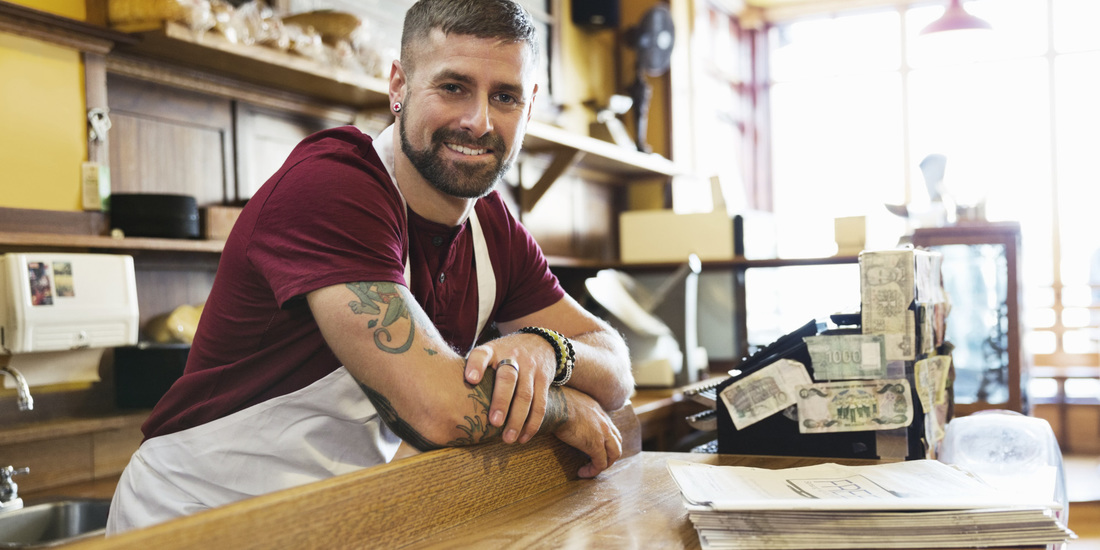
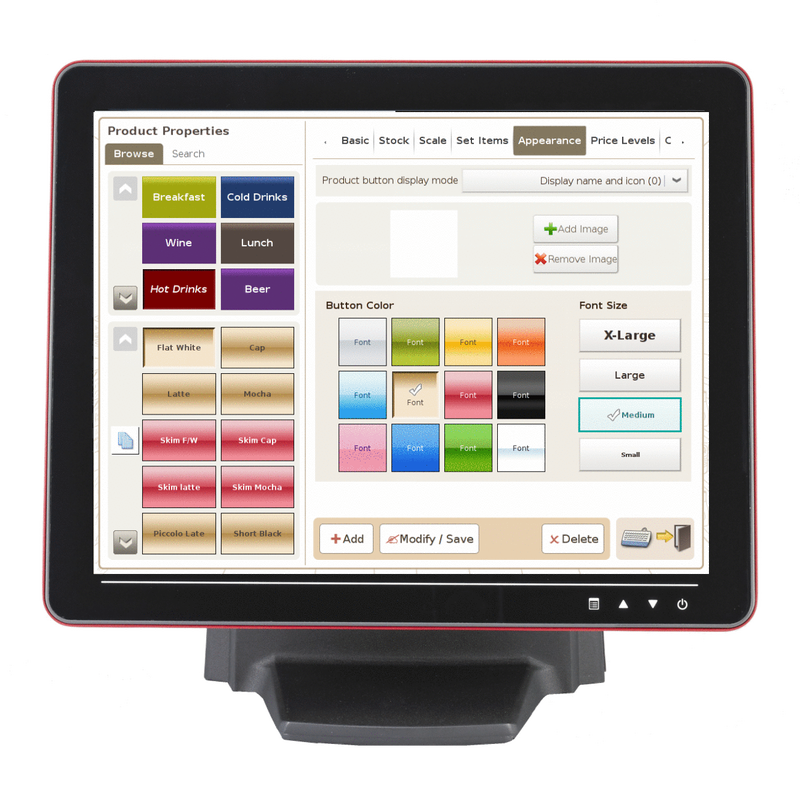
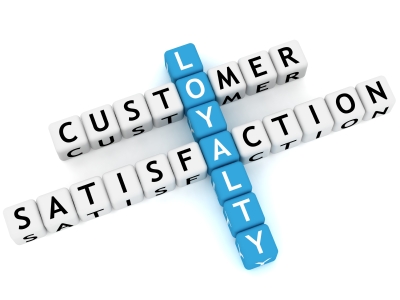

 RSS Feed
RSS Feed